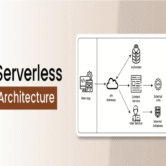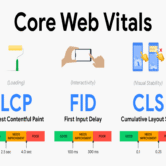
From Keywords to Intent: A New Approach to Web Content SEO
In the evolving landscape of search engine optimization, the focus has shifted from simply targeting keywords to understanding and addressing user intent. Traditional SEO strategies emphasized density, placement, and volume of keywords, but modern algorithms prioritize how well content satisfies the purpose behind a search. This shift demands a more strategic approach to web content creation, where success is defined by relevance, clarity, and contextual depth rather than just word matching.
To align with this shift, SEO strategies now involve mapping search queries to specific categories of intent: informational, navigational, transactional, or commercial investigation. Content is then tailored to meet the unique needs of each category. This includes restructuring headlines, refining content hierarchy, and optimizing semantic structure to reflect how users actually think and search. Search engines evaluate how well content responds to intent through engagement signals, page structure, and topic coherence, not just exact match phrases.
A redesign offers the opportunity to integrate this intent-driven model directly into site architecture, content modules, and metadata frameworks. It also allows teams to implement structured data, internal linking strategies, and content clusters that reinforce topical authority. By focusing on intent rather than isolated keywords, content teams can deliver more useful, discoverable, and effective web pages. This approach positions the site as not just an information source, but a solution aligned with what users are truly looking for.





